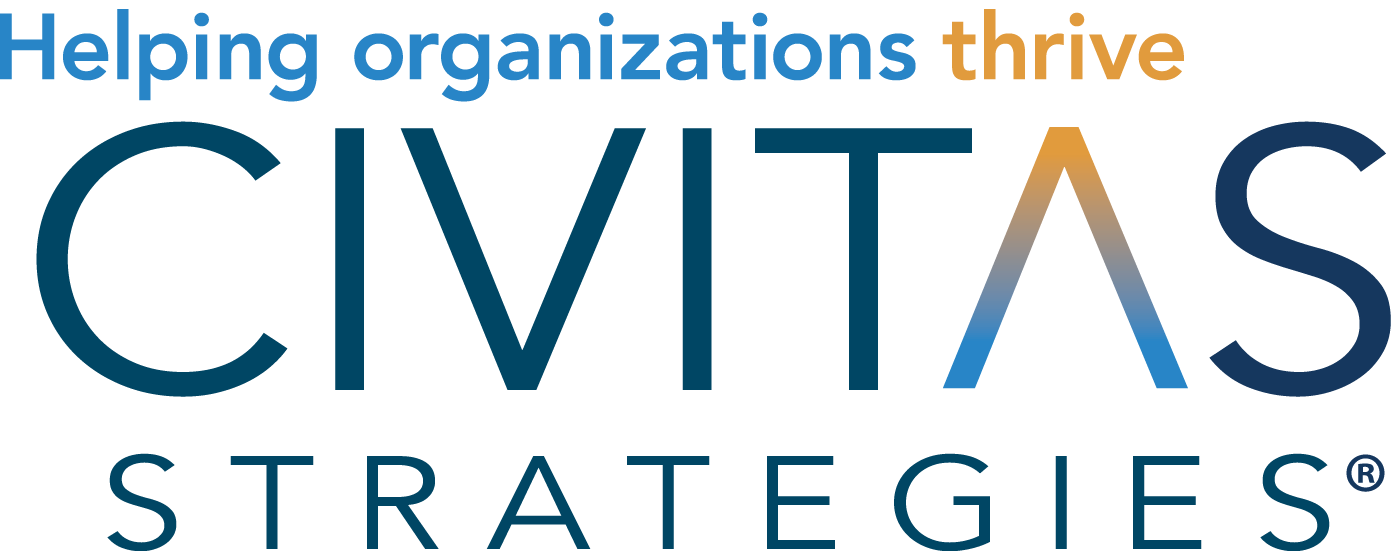Retirement Planning for Child Care Business Owners: A Smart Step Toward Stability
Running a child care business means juggling a lot: daily operations, staff, families, and finances. With everything on your plate, planning for retirement might not seem urgent. But it is one of the most important things you can do for your long-term financial health, and it is a powerful benefit to offer your employees.
The good news is that it does not have to be complicated. Whether you are saving for your own future or setting up a plan for your team, there are simple, affordable ways to get started.
Why Retirement Planning Matters
Most people will need about 80 percent of their pre-retirement income to maintain their standard of living once they stop working. But Social Security only covers a portion of that need, averaging just $14,400 per year. The rest has to come from savings.
Retirement plans help fill that gap through steady contributions and the power of compound interest. Even small deposits, made consistently, can grow into something meaningful over time. And for child care providers who often earn modest wages, starting early and building gradually is key.
Offering a retirement benefit also helps you attract and retain employees in a competitive job market. In fact, 93% of workers in a Morgan Stanley 2022 survey say retirement benefits influence where they choose to work. A well-structured retirement plan is more than a perk. It is a smart business strategy.
How to Choose a Retirement Plan That Fits
The best plan depends on your situation. If you are the only employee in your business, or it is just you and your spouse, you might benefit most from plans like a Roth IRA, SEP IRA, or Solo 401(k). These plans are low-cost, easy to manage, and allow you to save using either post-tax or pre-tax dollars.
If you have employees, your plan will need to include them. A Simple IRA may be a good fit if you want to offer consistent employer matching. A SEP IRA might be better if you want more flexibility in how much you contribute each year.
There are also tax credits that can offset the cost of setting up and contributing to a plan. You may be eligible for up to $5,000 in startup cost credits, and up to $1,000 per employee in annual contribution credits if your business qualifies as a small employer.
Smart Strategies to Boost Your Savings
Once you have chosen a plan, how you use it can make a big difference. Here are a few strategies to consider:
Start small and build gradually. Aim for 10 to 15 percent of your income over time, but begin with whatever amount is manageable.
Automate your contributions so saving becomes part of your routine.
Use windfalls wisely. Allocate part of a raise, bonus, or tax refund to your retirement account.
Take advantage of catch-up contributions if you are age 50 or older.
Consider using both pre-tax and post-tax plans to give yourself more flexibility in retirement.
Invest in simple tools like index funds or retirement target-date funds to reduce risk and avoid over-managing your account.
What About Early Withdrawals?
Because retirement accounts are tax-advantaged, they come with restrictions. In general, withdrawing money before age 59 and a half can trigger income taxes and additional penalties. However, there are exceptions for specific situations, such as certain medical expenses or first-time home purchases.
Some 401(k) plans also allow you to borrow against your balance, but this should be done carefully. You are borrowing from your future, so many advisors recommend using this option only if you can repay the loan quickly.
Take the First Step
Whether you're starting with a few dollars each month or ready to launch a comprehensive plan for your staff, the most important thing is to begin. The sooner you start, the more options you will have, and the more your savings can grow.
Need help figuring out which plan is right for your situation?
Visit civstrat.com/retirement for free guides, tools, and real-life examples explicitly built for child care providers.
